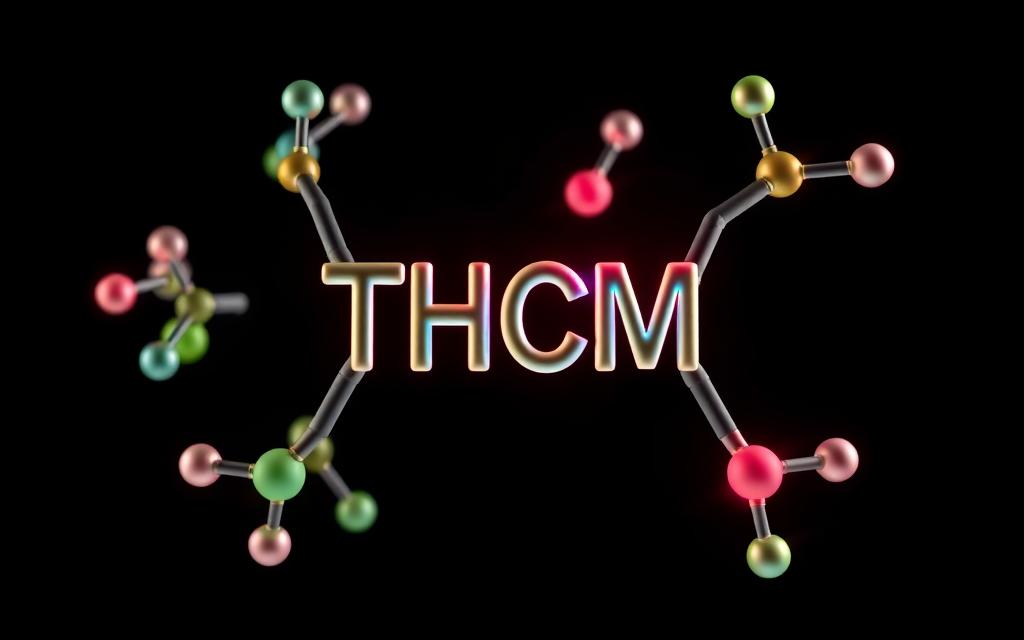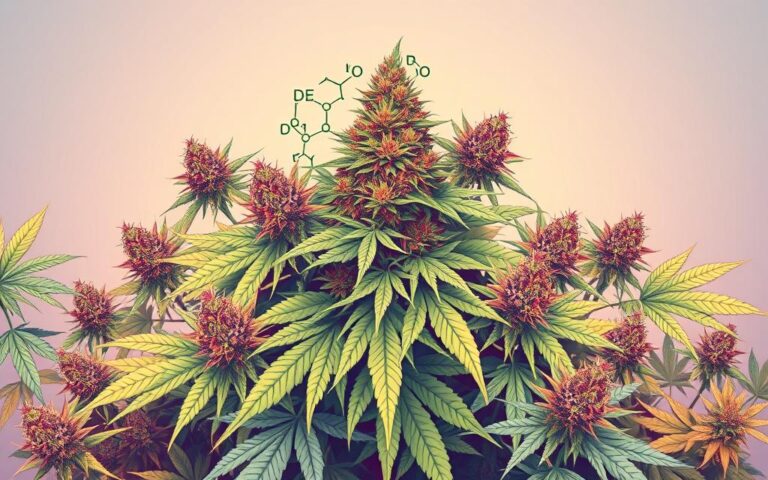How Strong Is THC-M? Potency and Effects Explored
The world of cannabis research is progressing fast. THC-M strength is now a hot topic for both fans and health experts. Found in 1977, THC-M is a rare part of the cannabis smoke. It might be stronger than the usual THC, introducing new effects that could change our view on cannabis.
However, THC-M is one of the least looked into cannabinoids today. THC-M effects are not well-known yet. It’s hard to separate this compound, so there’s still a lot we don’t know about how useful it could be. But, with possible health benefits like easing pain and reducing swelling, scientists are keen to learn more about THC-M. For those curious, you can find more details at understanding THC-M’s effects and applications.
Understanding THC-M Basics
THCM stands out in the world of cannabinoids. It has unique characteristics that make it interesting to scientists and researchers. People are looking into how it could be used and what effects it has.
Definition and Discovery
THCM is a new find in the cannabis world. It was first noted in 1977 during studies on THC. Since then, experts have been exploring what makes it special.
Chemical Composition
THCM’s chemical makeup is unlike others. Its structure, including a cyclopropyl ring, sets it apart. This difference is a key area for research. Because THCM is rare, we still have lots to learn about it. Scientists are keen to uncover its potential benefits for health.
| THCM Characteristics | Details |
|---|---|
| Year Discovered | 1977 |
| Chemical Structure | Cyclopropyl ring |
| Precursor | THC |
| Common Presence | Rare in cannabis strains |
| Research Focus | Potential therapeutic applications |
| Scientific Interest | Unique properties and benefits |
Chemical Structure and Composition of THCM
Looking into the THCM molecular structure shows why it’s special. It has a cyclopropyl ring, making it different from other cannabinoids, like THC. This shape affects how THCM works with cannabinoid receptors in our bodies.
Molecular Characteristics
THCM’s chemical makeup is similar to THC-P and others, having a unique chain. This difference might make THCM bind better to receptors. We’re still learning about its effects and how it compares to THC, which could help with medical uses.
Variations in Concentration
The amount of cannabinoid in THCM changes depending on the cannabis type and how it’s grown. Tests often show THCM levels are lower than THC’s. These changes make it important to study more strains. THCM in hemp products, like vapes, could make other cannabinoids work better. As we study cannabis more, understanding these variations will help us find new benefits.

| Cannabinoid | Molecular Structure Characteristics | Psychoactive Potential | Concentration Variability |
|---|---|---|---|
| THC | Classic tetrahydrocannabinol structure | Well-documented psychoactive properties | Typically higher concentrations |
| THCM | Includes a cyclopropyl ring | Identified but not fully understood | Generally lower concentrations |
| THC-P | Longer alkyl side chain | Potentially higher receptor affinity | Less common than THC and THCM |
When scientists study cannabinoids, THCM’s structure and concentration levels are very important. Knowing about these helps with research and could lead to new health benefits in the future.
If you’re curious about certain cannabis strains, the Death Star strain is one to look at. It has unique flavours and helps with relaxation and easing stress.
THCM vs. THC Key Differences
Understanding the differences between THC and THCM is crucial for users looking for the best effects. Both compounds have psychoactive effects, but they vary in strength and how long they last. Knowing these differences is key for both medical users and those who enjoy cannabis for fun.
Comparative Potency
In cannabis, comparing the strength of THC and THCM shows big differences. Studies show THCM is much stronger than the usual Delta-9 THC. In fact, THC-M is 29 times more powerful, similar to taking 150mg or more of Delta-9. THCM is one of the top five strongest cannabinoids known today.
THCM’s interaction with the endocannabinoid system proves its power. It binds to the CB1 receptor 33 times stronger than Delta-9 THC. This means it can give users a very strong and lasting effect. Such strength is important for those wanting a deep and enduring experience.
Duration of Effects
The length of time the effects last is another important aspect of THC vs THCM. Products you inhale, like vapes and dabs, last about three hours. However, eating products like gummies can keep the effects going for up to eight hours. Understanding these differences helps users make informed choices, especially if they need long-lasting relief.
For those new to potent cannabinoids like THCM, starting slow is wise. Try just one puff of concentrates or half a dose of edibles at first. This way, you can see how you react. Navigating the strength and duration of THC and THCM helps users find the perfect cannabis experience.
Effects and Safety Considerations of THCM
The study of cannabinoids like THCM is growing. THCM tends to offer effects similar to THC. People usually feel happy and deeply relaxed after using it. But, THCM is more potent than THC. This means the effects can be stronger than expected. Users should be careful, especially with high doses.
Psychoactive Properties
THCM is quite new to the research world. Its structure makes it bind well with our brain’s receptors. This strong connection might explain its strong effects. We still need to research more to understand its safety and benefits fully. So far, benefits might include reducing inflammation, managing pain, and helping with nausea.
Recommended Caution
Because THCM is so new, there’s a lot we don’t know yet. It’s found in small amounts in some cannabis strains. Laws make accessing THCM products hard in many places. It’s important to know how much to use and to understand your health needs. Being informed and careful is key to safely using this potent cannabinoid.










